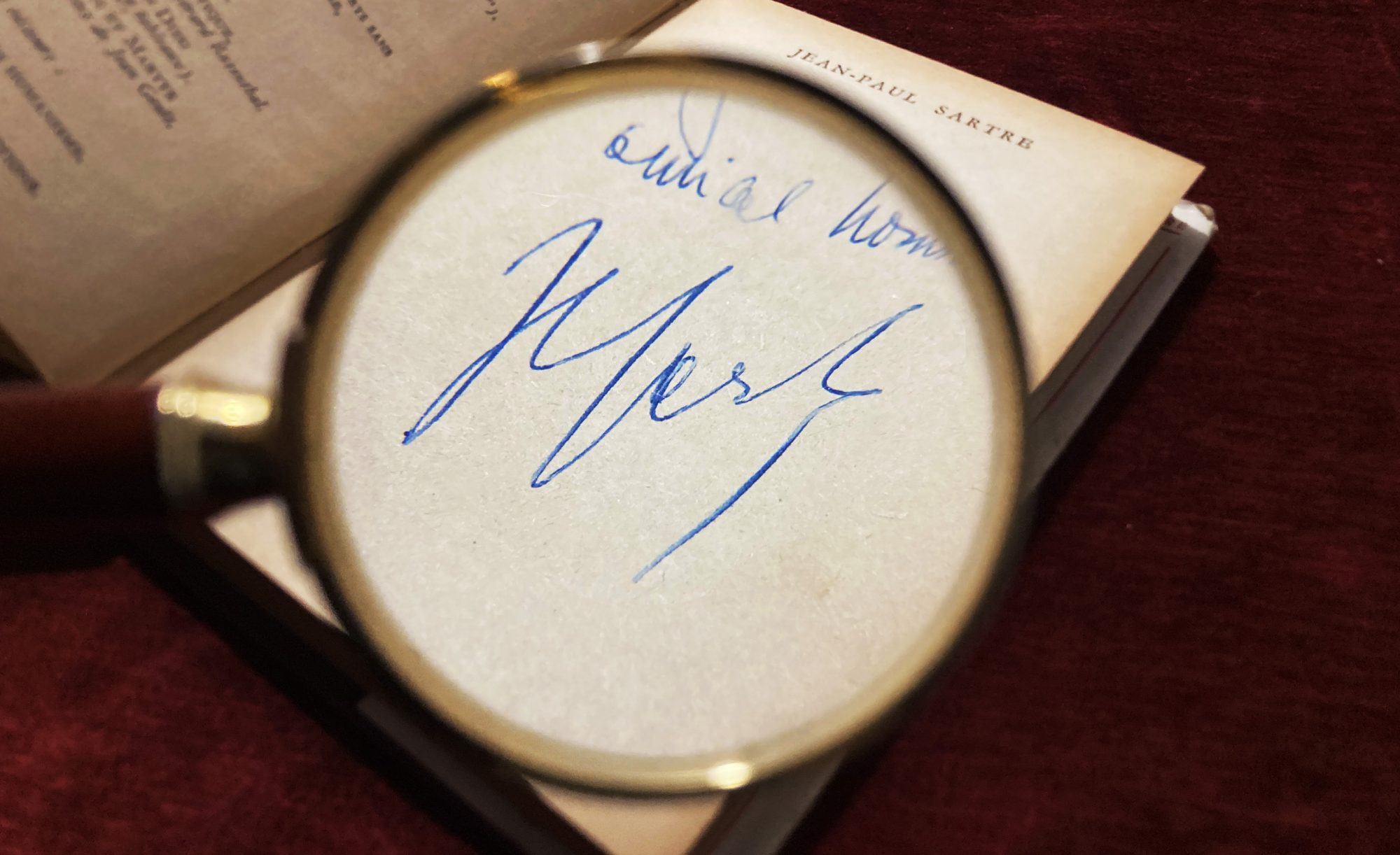
Blog
Engraving History – The Renaissance period

Engraving Renaissance Definition – The Golden Age
The art of engraving has experienced a large rise starting in 1470. The period between 1470 and 1530 is better known as the Golden Age of engraving. Engravers such as Albrecht Dürer, Martin Schongauer, and Lucas Von Leiden emerged, changing engraving from simply a means for mass production to an art form. German and Italian engravers were mostly the ones contributing to the evolution of engraving. The high-quality woodblocks of Albert Dürer revolutionized the potential of that medium. Therefore, they became the first of their kind in engraving history. Gothic style was typical for the woodcuts such as the Apocalypse series. But, his later engravings such as The Knight, Death, and the Devil, Saint Jerome in his Study, and Melencolia I caused some dose of controversy and led to different interpretations. Dürer’s watercolors also marked him as one of the first European landscape artists.
The other artists at that time, such as Schongauer and Von Leiden expressed their art through printmaking. That’s the key difference in comparison to the earlier period. This explains why many of the early engravers came from a goldsmithing background.
15th Century
In the early 15th century, Italian goldsmiths started experimenting with printing techniques. Giorgio Vasari credited Maso Finiguerra, for the invention of printed engraving. However, it had been gradually realized that Vasari’s view could not be sustained.
Although Vasari’s theory about the invention of the engraving technique is not reliable, the engravers of metals were the first ones to develop the copperplate technique. Early Renaissance Italian artists often used the copperplate technique. Some of them are Antonio Pollaiuolo and Andrea Mantegna.
Pollaiuolo was a Florentine painter, sculptor, and architect. His reputation as one of the most distinguished engravers of the 15th century is based on his one authenticated print, The Battle of the Nudes (c. 1470). Andrea Mantegna, his contemporary, worked in Mantua and his work marked him as the most eminent Italian printmaker. Mantegna produced approximately 20 plates, all line engravings in a broad manner. One of the most famous is the Bacchanal Festival (c. 1475).
16th Century
In the 16th century, etching spread throughout Europe, and its great variety of effects was experimented on by artists like Parmigianino and Barocci, followed by Reni, Guercino, and S. Della Bella in the 17th century. Etching reached its full potential with Rembrandt. In France, after a hesitant beginning, engraving reached its full glory in the seventeenth and eighteenth centuries, with the works of Jacques Callot and portraits by Gerard Audran.
17th Century
In 17th-century Italy, the engraving genre flourished in Rome and Venice. The fantasy views reached an unsurpassed height with the works of Piranesi.

This beautiful engraving depicts the Pyramid of Cestius (Caio Cestio) near the non-Catholic cemetery and the Porta San Paolo in Rome on the Via Ostiense. Engraved and published by Piranesi
In England, the original engraving had its major representatives in Hogarth, Rowlandson, and Blake. Bewick revived the woodcut technique by inventing wood engraving, which incorporated a block of wood sawn across the grain, giving a harder and smoother surface that yielded finer-detailed results. The prevalent technique used by the English school in the eighteenth century was mezzotint.
The great painter Goya used Etching and aquatint at the end of the 18th century. So, etching has later become the technique used by nineteenth-century artists for preparing matrices. The original etching was considered an artistic expression of its own, thus experiencing a revival.
Nearly all great modern artists experimented with this technique- Chagall, Kokoschka, Picasso, Mirò, and Dalì. It is impossible to separate the history of etching from its cultural period and from the overall activity of the artists who practiced it. More on the topic in our next article!
Check engravings from this period at our store!
Le Triomphe des Chrestiens photo is from a private collection.















